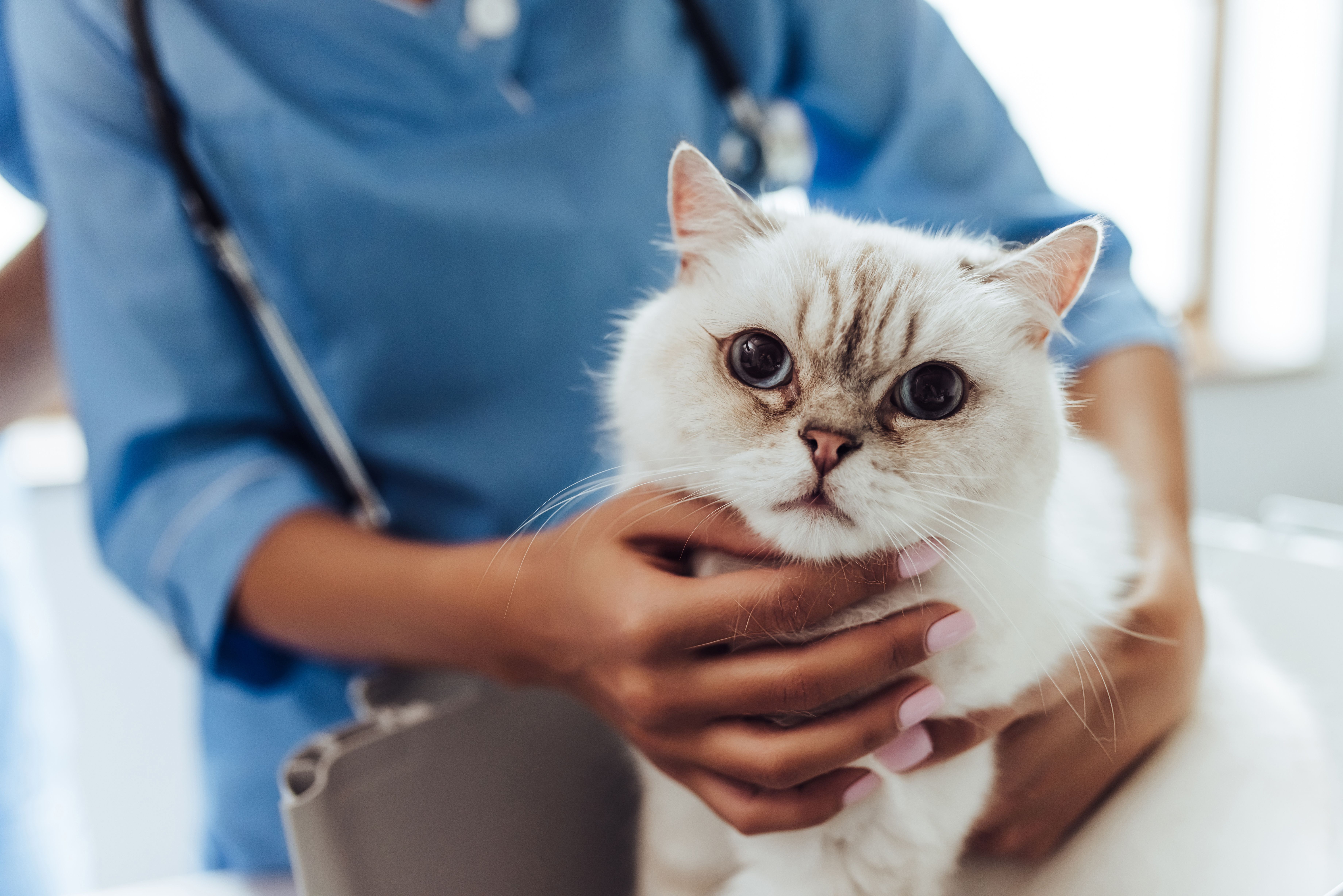Are you a veterinary technician looking to level up your career in pain management? According to Tasha McNerney, CVT, CVPP, VTS (Anesthesia), the opportunities are endless.
“I don’t want you to think the only option is for you to become a VTS [veterinary technician specialist] in anesthesia," said McNerney. “I just want you to know that there are so many different options out there that you can go through to take your career to the next level, give yourself a little more responsibility, and really create a fulfilling and awarding career in veterinary technology," she said.
During a recent Fetch dvm360® Conference, McNerney shed light on the plethora of career opportunities available in pain management, her unique journey to this field, and offers some useful resources to help amplify your knowledge of anesthesia.
The benefits of treating pain
So why would you want to get involved in the pain management field? McNerney highlighted how treating pain has advantages for the patient, client, and the clinic:
- Faster recovery from surgery
- Decreased chance of developing chronic pain conditions
- Increased client satisfaction
- Increased revenue to the practice
- Withholding analgesics for the purpose of patient restraint is considered inhumane and unnecessary
The spark that ignited McNerney's passion for pain management
While working on a case report she used for obtaining her CVPP, McNerney was confronted with a feline patient who was experiencing significant behavioral changes.
“The cat was always very friendly, super nice and then the owner said that over time, the cat started becoming very cranky to the point where every time they touched the cat, the cat would have a really painful reaction,” McNerney described.
She added, “Something stuck out when we were talking to the owners and 1 thing that they said was ‘I wish we had never got [the cat declawed], he really changed after that.”
McNerney explained that this case made her realize the major impact chronic pain has on changing the psyche and how it can cause extreme behavioral changes.
“Basically pain is going to change how your neurons work and how they send signals to the brain, and this concept that you can get extreme behavioral changes due to chronic pain was something that I was seeing in real-time with this cat,” McNerney told attendees.
Career paths in pain management
You can take various avenues to the career best suited for you in pain management, McNerney explained.
For example, veterinary technicians interested in end-of-life pain management can become certified veterinary pain practitioners (CVPP) or get certified in hospice care. If you're drawn to the surgery aspect of pain management, specializing in anesthesia or analgesia may be the "way to go," she explained.
If you're like McNerney, you may be captivated by multiple areas of pain management.
"I really wanted to know all the aspects of pain management from surgical to post-operative to chronic pain management, and that's why I went the route I went," she said. "But there are so many other opportunities like massage therapy or becoming a rehabilitation technician."
“As you become more specialized as a technician, as you get those extra letters after your name, a lot of doors are going to open for you. And a lot of this career is what you make it.”
The new kid on the block
One of the newer paths you can take in the pain management realm is becoming a veterinary cannabis counselor (VCC), said McNerney, adding that research indicates that this field will continue to grow.
“Probably one of the newer kids on the block that’s also very interesting, especially for veterinary technicians who want to have a close relationship with not only the client but also the pet, is to become what’s known as a VCC,” McNerney said.
Using their medical background in veterinary medicine, some of VCCs responsibilities include creating a cannabis administration plan and discussing with clients which products on the market are well researched and safe for their pets .
If you are interested in pursuing a career in this field, McNerney highly recommended going to veterinarycannabis.org to learn the next steps. She also advised joining the Veterinary Cannabinoid Academy Facebook group which provides invaluable information on the topic. McNerney noted that while rewarding, becoming a VCC is no easy feat and involves writing up a minimum of 50 cases, undergoing extensive training, and more.
Additional resources
For those interested in learning more about veterinary pain management, McNerney recommended checking out the latest veterinary cannabis research and joining the Veterinary Anesthesia Nerds Facebook group, a platform where veterinary professionals can discuss anesthesia and pain management cases, various drugs to help relieve pain, and more.
In addition, “I do believe the World Small Animal [Veterinary] Association also has some good resources on their website as far as pain control. You can look up the AAHA [American Animal Hospital Association] pain management guidelines. You can look up stuff from Lap of Love as far as hospice care goes,” she said.
For those who want a physical book to read, McNerney suggested 2 textbooks: Pain Management for Veterinary Technicians and Nurses, edited by Mary Ellen Goldberg and Nancy Shaffran; and Pain Management in Veterinary Practice, written by veterinary anesthesiologists.
“Also, just reach out to your local anesthesiologist or local veterinary technician specialist in anesthesia because we love talking about this stuff,” she said. “So utilize us.”

